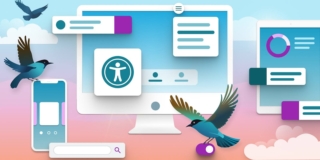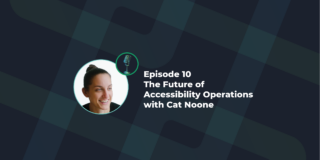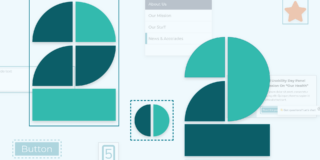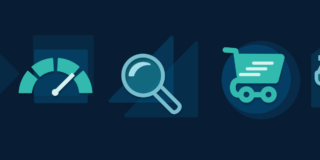From DEI to DEIA
The move to call out “accessibility” in DEI work

Ellie Krysl

Diversity, equity, and inclusion (DEI) refer to the commitment to and promotion of “the fair treatment and full participation of all people”, especially individuals from historically underrepresented communities and those facing discrimination based on their identity (e.g., race, ethnicity, religion, abilities, gender, sexual orientation, neurodiversity, age, +).
You may have encountered similar acronyms like diversity, equity, inclusion, and belonging (DEIB), and justice, equity, diversity, and inclusion (JEDI or EDIJ). There are many similar acronyms out there, and they can vary by location (e.g. equality, diversity, and inclusion [EDI] is common in the UK) and by context (e.g. some HR departments emphasize culture, diversity, and inclusion [CD&I]). This post is intended to keep folks informed on the changing language and terminology related to accessibility.
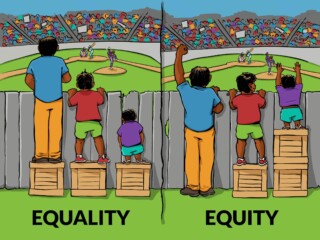
University, described, “Equality is not enough without an understanding that people aren’t always on equal footing. In fact, equal treatment can often perpetuate inequality. Equity acknowledges that there are differences between people and what they need to succeed. An equity approach also acknowledges that there are systemic and institutionalized differences in how people are and have been treated.”
Image attribution: Interaction Institute for Social Change | Artist: Angus Maguire
For every acronym, there are just as many opinions about which title best fits the goals, values, and actions behind it. To some, that may feel confusing, especially when in the process of establishing DEI goals, initiatives, and language. But it also means people are being thoughtful and intentional about how their organization approaches DEI work.
Currently, DEI is the most common acronym used online, receiving over 2.5 billion results when searched on Google. But recently, there’s been a push to move from DEI to DEIA. The “A” is for “access” or “accessibility,” and it was intended to be implied as part of DEI from the start; however, as organizations have increased DEI efforts, many noted that accessibility as a core tenant of the work was often overlooked.
The transition to include the “A” was reflected in a January 2021 Executive Order, which called out a governmentwide effort to advance diversity, equity, inclusion, and accessibility (DEIA) across U.S. agencies.
As Level Access stated in a post earlier this year, “Put simply, there’s no “D,” “E,” or “I” without an “A.” In the end, we all want the same thing, for DEIA to take hold as the norm within organizations, digital properties, and society as a whole. No matter what acronym or framework an organization chooses to follow, the important part is that DEIA continues to move forward, including accessibility for all.
Sources: Wikipedia, Diversity and Inclusion Acronyms: A 2023 Glossary, What is Diversity, Equity, Inclusion, Accessibility (DEIA)?, Putting DEIA Into Action: Why Inclusive Organizations Prioritize Digital Accessibility, The difference between equality and equity is everything
Resource Spotlight
Explore these three accessibility tools and resources to to boost your organization's inclusivity initiatives.
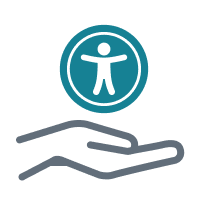
Accessibility Resources
Access our curated list of resources to support your digital accessibility iniatives.
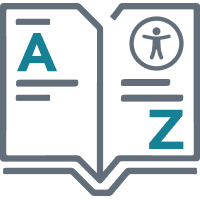
Accessibility Glossary
This glossary provides clear definitions for key accessibility terms, with additional guidance.
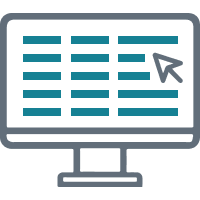
Accessibility Planning
Download our Effort Planning tool to understand your accessibility needs better and create informed RFPs.
What to read next

What’s new in upcoming WCAG 2.2 – Part 1: Focus Indicators
WCAG 2.2, the next release of the Web Content Accessibility Guidelines (WCAG) has essentially been released. She what that means for focus indicator success criteria.
